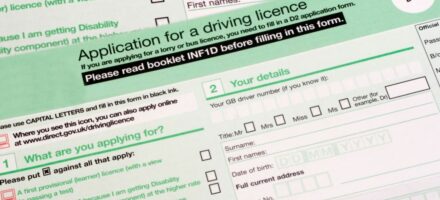
There are limits and restrictions on the number of hours a driver can spend behind the wheel of a van, lorry or car in the course of their employment. These limits and restrictions were introduced in order to reduce the number of accidents on the roads.
This legislation is referred to as the 'Working Time Directive' and applies to other workers, but has specific criteria for drivers who do so in the course of their job.
What is the Working Time Directive?
The Working Time Regulations 1998 were introduced to reduce the number of hours any one individual worked. For a long time prior to that many individuals in many different jobs worked more than forty-eight hours a week and in some instances received no extra pay for doing so.
The Forty-Eight Hour Week
Rules now ensure that for the majority of workers their working week will last no more than forty-eight hours per week unless they have signed an opt-out clause.
Rules for Professional Drivers
If you are a professional driver and spend most of your working week behind the wheel of a van, lorry or taxi for example then there are certain rules which apply to you and that you must adhere to during the carrying out of your job.
The rules for drivers are complex and vary depending on the type of vehicle and the general length of journey you do.
As a general rule:
- After driving for 4.5 hours a driver must take a break of at least 45 minutes
- Shorter breaks can be made between short periods of driving
- The maximum daily driving time is 9 hours
This a very simple view of the rules and more detailed information can be found at the Department for Transport.
The laws are in place to protect not only the individual behind the wheel but also anyone passengers and anyone else they may come into contact with on the road.
Digital Tachographed Vehicles
For any job which requires the driving of a vehicle equipped with a digital tachograph reader, the driver must be equipped with a driver's card. This smart card is inserted into the tachograph to allow it to take accurate readings of the number of miles and hours you have driven.
Drivers who do not have a driver's card can still drive the vehicle in question but the tachograph reader will record the fact it has been driven without a driver's card. This is done so that Department of Transport inspectors may carry out checks on the number of time drivers - both full time and agency based - spend behind the wheel of a company vehicle.
It is now a criminal offence to drive beyond the legally permitted number of hours without having the correct rest and both you and your employer could be subject to heavy penalties if you are found to have flouted the rules.
Disclaimer: The information in the article is for general purpose information only and should not be constituted as legal advice. This article has been produced by a third party and Jardine Motors does not take any responsibility for the completeness, accuracy, or reliability with respect to the website or the information provided. Article last updated March 2016.



